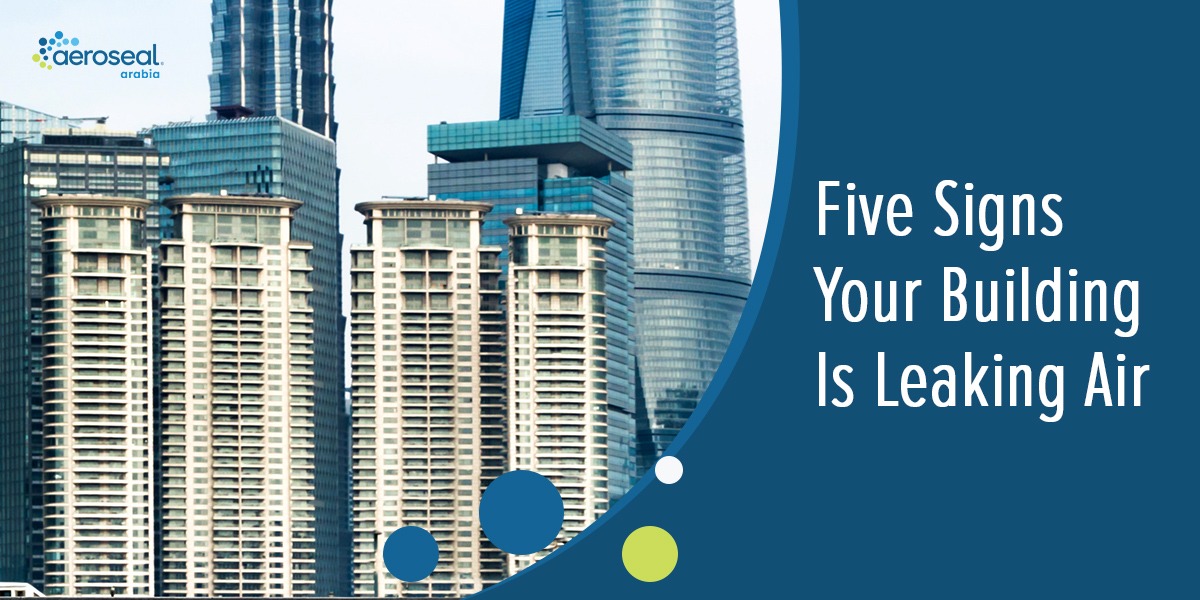
Five Signs Your Building Is Leaking Air
Air leaks may seem minor, but in reality, they can drain your energy budget and compromise indoor comfort. Whether you manage an office, school, or residential complex, unnoticed leaks in ductwork or walls can lead to significant energy waste. Understanding the early signs of air leakage helps you act before efficiency drops and costs rise.
1. Uneven Indoor Temperatures
When some rooms are warmer or colder than others, your HVAC system is likely fighting hidden leaks. Air escapes through unsealed joints or cracks in the duct system, forcing the equipment to work harder to balance temperatures. Over time, this uneven distribution increases energy use and wear on your system.
2. Rising Energy Bills
A sudden or gradual increase in your utility bills often points to air leakage. Escaping conditioned air forces the HVAC system to run longer cycles to maintain the same comfort level. The U.S. Department of Energy estimates that leaks can account for up to 30% of total energy loss in commercial buildings. Regular testing helps identify and seal these losses efficiently.
3. Poor Air Quality and Dust Build-Up
If your building gathers dust quickly or if occupants complain of allergies or musty smells, it could be due to leaks in the return ducts. Leaky ducts pull in unfiltered air from attics, crawl spaces, or storage areas, spreading dust and pollutants indoors. Proper sealing and filtration significantly improve indoor air quality and protect occupant health.
4. Drafts or Hot and Cold Spots
Drafts near vents, ceilings, or around windows are clear indicators of air escaping or entering where it shouldn’t. These drafts often appear after HVAC upgrades or construction changes that disturb existing seals. A professional inspection can pinpoint where air pressure is unbalanced and restore proper airflow throughout the building.
5. Noisy or Overworking HVAC System
When an HVAC system runs constantly or produces whistling or rattling sounds, air may be leaking through small gaps in the ducts. These noises are more than just an annoyance—they indicate lost energy and strain on the system. Sealing leaks reduces unnecessary noise, improves performance, and extends equipment life.
Why Professional Testing Matters
While visual inspections help, only duct leakage testing can accurately measure air loss and locate hidden leaks. Professionals use calibrated fans and pressure sensors to determine how airtight your system is. Once leaks are identified, technicians seal them using non-toxic, water-based materials that strengthen duct integrity without major disruption.
The Bottom Line
Air leaks silently drain energy and compromise comfort. Identifying and sealing them early saves money, improves air quality, and enhances overall building performance. Scheduling a professional air leakage test is one of the smartest investments you can make to maintain an efficient, sustainable property.



